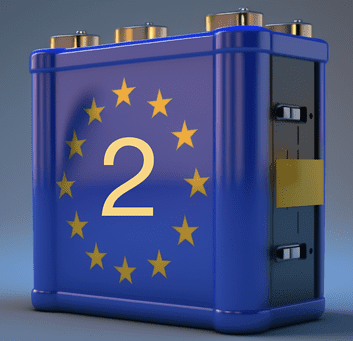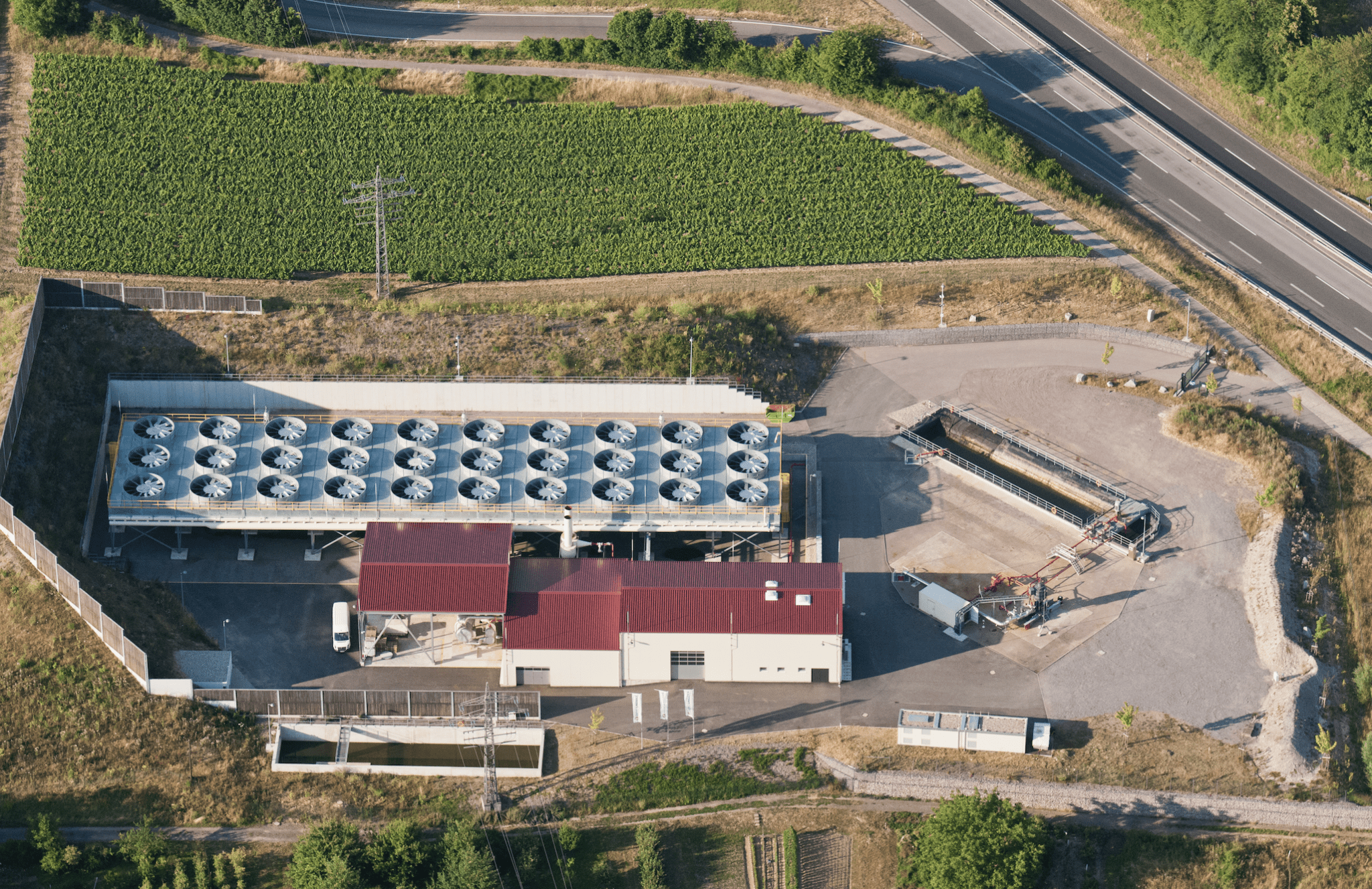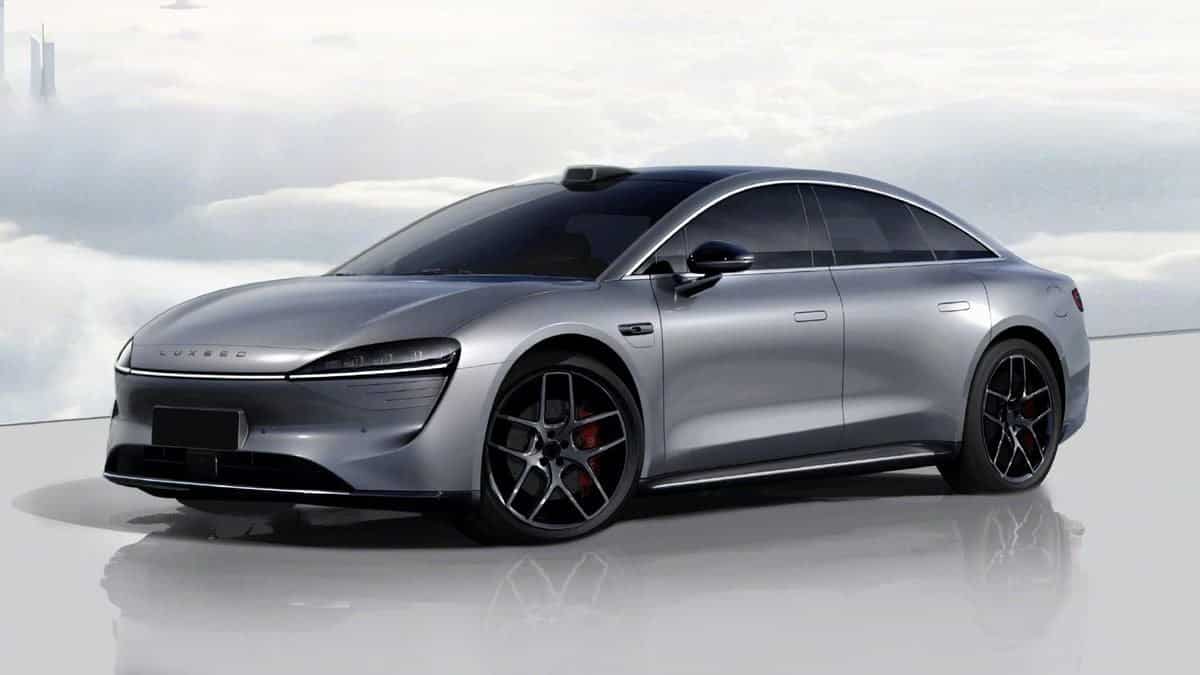
The global battery market is booming. Boosted by the fast development of electric driving, consumer electronics, and storage for off-grid and microgrid systems, the industry has developed rapidly worldwide. In many cases, government policies and incentives have augmented these developments. In a 3-part series, we examine the European contributions to this trend and the role of the European Battery Alliance (EBA). In part 2, Thore Sekkenes, EBA250 Programme Director at EIT InnoEnergy, explains the achievements and ambitions of the EBA.

The European Battery Alliance, representing a group of over 750 organizations, is calling for an upgrade to Europe’s battery chain ambitions. “Moreover, it has the plan to deliver on them”, says Thore Sekkenes, EBA250 Programme Director at EIT InnoEnergy. “Despite our achievements since our start in 2017, gaps remain for fully deploying a resilient end-to-end battery industry. Addressing these will further support the EU’s decarbonization and provide even more opportunities within the industry.” The supply chain disruptions experienced during the Covid-19 pandemic and the war in Ukraine have made the need for resilient industrial value chains for the EU’s economic growth, decarbonization, and strategic autonomy ever more pressing, Sekkenes says.
The European battery market is booming. The double-digit growth rate in electric driving indicates the entire battery value chain in the EU and can, in part, be attributed to the role of the European Battery Alliance (EBA). Launched in 2017 under the auspices of European Commission Vice President Maroš Šefčovič and driven by EIT InnoEnergy, the EBA’s mission is to create a competitive and sustainable battery cell manufacturing value chain in Europe. (see our first article [LINK] for more background on the role of the Battery Alliance).
Five years of the European Battery Alliance
In total, more than 180 industrial battery projects are being developed in the EU, with 47 in the battery cells segment. Sekkenes: “Thanks in large part to the EBA’s work, the EU is set to meet 69% and 89% of its increasing demand for batteries by 2025 and 2030, respectively, and will be capable of producing batteries for up to 11 million cars per year.”
There is more to bolster the EBA director’s pride, also financially. Two multi-billion Euro Important Projects of Common European Interest (IPCEIs) have been initiated. Under the Horizon Europe program, €160 million was allocated to battery research in 2021, with some €925 million earmarked in the EU budget up to 2027. “Although it is a good problem to have, the EBA is ahead of its plan for 2025 that we set in 2017. Back then, we predicted €250 billion of new annual GDP and 400 GWh of cell manufacturing capacity committed by 2025. By 2021, the total level of investment along the battery value chain amounted to €127 billion already. An additional investment of €382 billion is expected to create a self-sufficient battery industry by 2030. The resulting aim is to have Europe capable of supporting 1,000 GWh of demand across mobility, energy storage systems, last-mile solutions, and other sectors by that time.”
Sekkenes says it is through these achievements that the EBA has established itself as the model of industrial strategy in Europe, being replicated in other countries and sectors. “The work has also driven a mindset change in Europe and fostered further public-private collaboration.”
Bridging the gaps
As part of its call to raise ambitions for Europe’s battery industry, the EBA250 recommends a set of priority actions to tackle the gaps found in both the upstream and downstream segments of the battery industry as well as much-needed training of the workforce. “Mining domestic raw materials, processing and refining, and production of active battery-grade materials remains an issue”, Sekkenes adds. “Just like we need to address the downstream scrap recycling. We can reintroduce high-quality recycled metals back into the EU supply chain.”
To reach that goal, implementing EU battery regulation is needed, he says. “The upcoming Battery Passport will set the standard for sustainable, traceable, and circular batteries in Europe, competitively positioning European battery companies. Stringent provisions must be made here, with special attention to the battery footprint. A swift adoption of relevant legislative provisions in the European Commission’s ‘Fit for 55’ package will boost the demand for batteries to continue decarbonizing the transport system and accelerate towards a 100% renewable energy system.” This includes measures supporting battery-based light and last-mile mobility, the rollout of charging infrastructure, emissions performance standards for cars and vans, facilitation of system integration, and stationary storage at the grid level and behind the meter.
On the financial side, the EBA looks at ways to enable private investments and boost access to public grants and how to de-risk investments in raw and processed battery materials. “Clarifying the status of mining and processing a sustainable finance taxonomy would be a big step, just like we want to have all battery-related activities qualified as Do No Significant Harm.”
The workforce gap
On top of the industrial, regulatory, and financial gaps, Sekkenes also points to the growing need for a skilled workforce in all functions and at all levels. “To meet the needs of the industrial projects already in the pipeline, an estimated 800,000 workers will need to be trained or upskilled by 2025. To bridge this skills gap, we propose earmarking 2% of the European Social Fund budget to finance battery training programs in the next three years.”

One of the ways to get there is through implementing the EBA Academy, a coordinated, pan-European effort to upskill and reskill key workers across the continent. The academy will cover many needed disciplines, from research and development to manufacturing, logistics, quality control, regulation, sales, and recycling. “To develop a skilled workforce, we collaborate to create specialized programs, courses, and apprenticeships that provide practical training in battery-related fields. Our reskilling and upskilling programs can help current workers transition to the battery industry, addressing potential labor shortages and fostering a competitive European battery market.”
We will look at the future in the next and final part of this series. How is the European Battery Alliance preparing society for a decarbonized 2030?








